Cauliflower: beneficial properties and agricultural technology
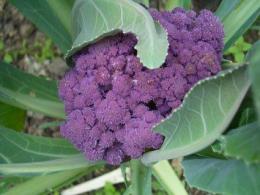
Cauliflower is a white, purple or orange vegetable of the cruciferous family, a close relative of the common cabbage.
Video:
This plant got its name because of the many inflorescences that make up its edible part. This culture was brought to Europe by the Arabs in the 12th century. At first it was cultivated only in the Mediterranean, where the climate is quite mild. Then varieties appeared that were suitable for growing in colder countries in Europe and Asia.
Content:
Chemical composition
Cauliflower contains many vitamins and minerals necessary for the normal functioning of the human body, more than all other types of this vegetable. Its vitamin composition includes:
- ascorbic acid in larger quantities than, for example, lemon;
- biotin (vitamin H), which strengthens the nervous system and is beneficial for healthy hair and nails;
- vitamin A, which helps strengthen the immune system;
- vitamins D, E, H, K, group B;
- a rare vitamin U that can recognize and remove foreign compounds from the body.

Proteins, carbohydrates, fiber, starch, purine compounds, polyunsaturated and organic acids, amino acids, starch and natural sugars - all these components are necessary for human health and are found in cauliflower.
Minerals - also an integral part of the plant, it contains iron, calcium, phosphorus, potassium, molybdenum and other micro- and macroelements.
Despite such a complex composition, the calorie content of cauliflower is low, only 30 kcal per 100 g of product, but at the same time you can easily get enough of it.
Beneficial features
Due to its low calorie content and unique chemical composition, cauliflower and its beneficial properties are widely used in dietary nutrition.
It cleanses the body of waste and toxins and rejuvenates it, strengthens the walls of blood vessels and bone tissue, helps normalize metabolism and strengthen the immune system, and improves hematopoiesis. The fiber in this product is easily digestible and does not irritate the digestive tract.
Eating cauliflower and taking juice from it is recommended for older people, as well as those with chronic diseases of the stomach, gall bladder, liver and intestines. Boiled or steamed, this vegetable is one of the best complementary foods for infants.

Due to its ability to reduce blood glucose levels, cauliflower is indispensable in the diet of people with diabetes. It should be included in the daily diet for high cholesterol along with other vegetables that help normalize metabolism.
Video:
Regular consumption of the product reduces the likelihood of genital cancer in men and women. Externally, the vegetable can be used as a wound-healing and anti-burn agent in a mixture with chicken egg white.
Cauliflower dishes should not be overused if you have gout and purine metabolism disorders.
Agricultural technology
Growing Cauliflower does not present any particular difficulties; it is important to choose the variety optimally and take into account some features. When cultivating in open ground, it is better to prefer early ripening varieties; in a film greenhouse - almost any, you can choose them in such a way as to provide yourself with fresh product from July to September-October. Seedlings are sown around the beginning of March, but it is almost impossible to grow them in an apartment or house - they stretch out a lot.
To obtain good planting material, you need a greenhouse or at least a greenhouse; in their absence, it is better to buy ready-made seedlings. It is planted in the ground when the threat of frost has passed in a well-lit place.

Cauliflower is more demanding of heat than its white cabbage relative. When the spring temperature drops to 4-5 degrees, its inflorescences may subsequently become very small and tasteless or may not set at all. The same thing will happen if the heat lasts too long in the summer with warm nights. To prevent this, it is recommended that on hot days you not only water landings, but also spray. The most optimal temperature for ripening large heads is 18-20 degrees. To prevent yellowing of the heads, they are covered with broken leaves.
The plant should be fertilized at least once a season. About a couple of weeks after planting, when the plant has taken root, it should be watered with a solution of mullein and complete mineral fertilizer. After another 10 days and at the beginning of the formation of heads, the cabbage should be watered with organic fertilizer with the addition of ash or mineral fertilizers for cabbage.
The plant does not like acidic soils, so they are limed or dolomite is added.Molybdenum and boron are microelements necessary for the formation of ovaries, so fertilizers containing them should be included in the last feeding.
Video:
Like its other varieties, cauliflower has a fibrous root system located in the top layer of soil. That is why it is sensitive to a lack of microelements and moisture. Fresh plantings needed water and loosen daily. After the formation of 6-7 leaves, it is hilled to form additional lateral roots.


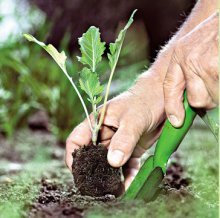
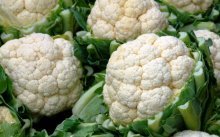
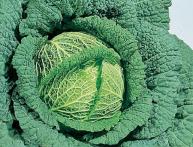
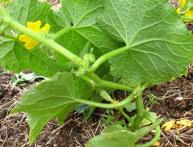

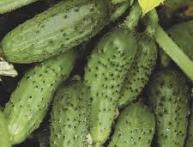
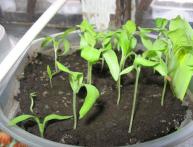
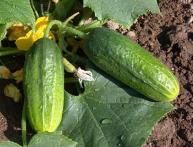
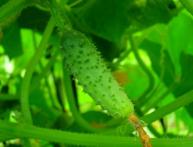
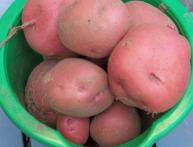
Comments
If you cook cauliflower, keep in mind that the cooking process lasts about 7 minutes. In this case, use a minimal amount of water. Then I usually prepare the batter and bake the cabbage in the oven.
Cauliflower can be successfully prepared for future use by freezing, but you should definitely not boil it before doing so.
I really love this cabbage! Probably so much that I cook it almost every week - although I can’t do it so often. It is especially delicious with a side dish, cold with tartar sauce...